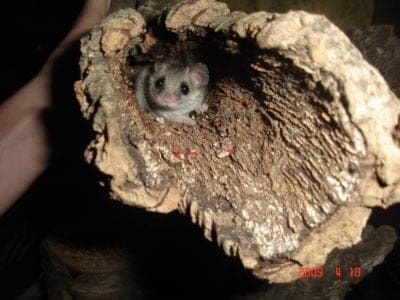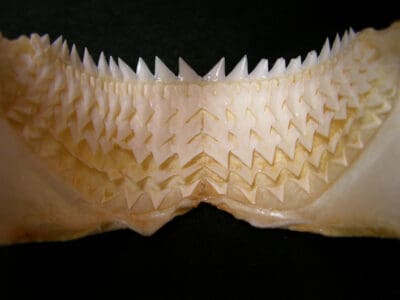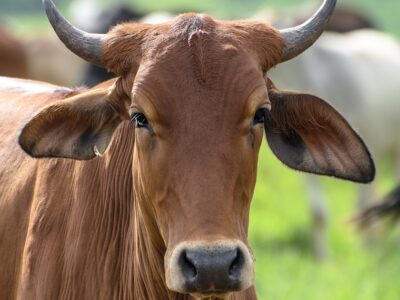Below you can find a complete list of Sundanese animals. We currently track 186 animals in Indonesia (Java) and are adding more every day!
The island of Java is one of the most popular places for tourists to visit in Indonesia, but it’s a richer ecosystem than its popularity as a tourist spot would suggest. Nearly 150 million inhabitants call the island home, but there are a lot more than humans living within the islands 132,000 square kilometers.
Beyond the large capital city of Jakarta are a combination of sprawling deciduous forest and rainforest that extends to the peak of Mount Semeru and both mangrove forests and sheer cliffs along the coastline. The volcanic explosion that created Java also created bountiful soil that’s blossomed into an ecosystem dense with unique flora and fauna. But even as ecotourism becomes one of the island’s primary draws, the population wrestles with deforestation by logging and agricultural interests.
The Official National Animal of Java
Java is a part of the larger nation of Indonesia, whose national animal is the komodo dragon. This massive species of monitor lizard can reach a length of 10 feet and weigh up to 150 pounds, and they possess a venomous bite in addition to being fearsome creatures with powerful jaws and claws.
Each of Indonesia’s provinces each has their own faunal emblem as well, and the island of Java is split up into three distinct provinces. The Javan leopard — which only lives in the rainforest of this island and is a critically endangered species — is the faunal emblem for West Java. East Java claims the bekisar — a type of domesticated bird that resembles a rooster and was bred from local waterfowl — as their faunal emblem. For Central Java, it’s the black-naped oriole — a bird known for both its harmonious songs and its harsher and more rasping chirps.
Indonesia’s national bird — the Javan hawk eagle — also happens to be from the island. It’s also referred to as Garuda — a name it shares with the mythical bird from Buddhist and Hindu myths that also features prominently in the Indonesian coat of arms.
Where To Find The Top Wild Animals in Java
Growth and industry has stripped away much of the natural beauty of Java, but there are still plenty of choice spots to see the local wildlife. Here are the standout spots for catching a glimpse of wild fauna.
- Baluran National Park’s open plains significantly increase the odds of seeing wildlife, and many describe seeing the open vistas and choice of fauna as similar to an African safari. Water buffalo, green peacocks, and deer are common — but there’s also a chance you might catch sight of a leopard or other jungle cat.
- If you want to catch sight of a rhino, your best chance is Ujong Kulon Park. Conveniently near Jakarta in the western part of the island, this national park was actually created as a place for preserving the last remaining Javan rhinoceroses.
- Alas Purwo is positioned in East Java, and it is home to a diverse selection of rainforest wildlife that includes monitor lizards, leopards, and gray apes. It also offers access to some of the best beaches on the island.
The Most Dangerous Animals In Java Today
Deforestation is more of a threat to Java’s animals than those animals are to us, but there are still some lethal predators who call this island home.
- Monitor lizards can often grow to be longer than the average human is tall, and they’re known to be fiercely territorial monsters with powerful jaws.
- Javan rhinos may be herbivores, but that doesn’t mean they aren’t dangerous. These fiercely territorial beasts can put some serious momentum behind their huge bodies and gruesome horns.
- Leopards are dangerous not just because of their speed, lethal claws, and intelligence but also because of their resilience. Wounded leopards are known to become more aggressive rather than to just run and hide.
Endangered Animals In Java
There are many endangered species present on Java, but more alarming is the fact that many of these animals are endemic only to the island. That’s the case with both the Javan gibbon and the Javan rhinoceros — both of which are considered critically endangered. The Javan leopard is also critically endangered, with only roughly 250 adults of the species alive today. Other threatened or endangered species with homes on Java include the surili leaf monkey, the Javan warty pig, and the slow loris.
Unfortunately, the flora and fauna of Java continue to be in jeopardy. The ranching, farming, and lumber industries have managed to decimate much of the natural habitats in Java, and these industries largely continue to ignore what preservation laws are in place. Fortunately, nature preserves throughout the island have been established to help at least retain the few remaining members of nearly extinct species like the Javan rhino. It’s estimated that only 5% of the original habitat on this island remains.
Sundanese Animals
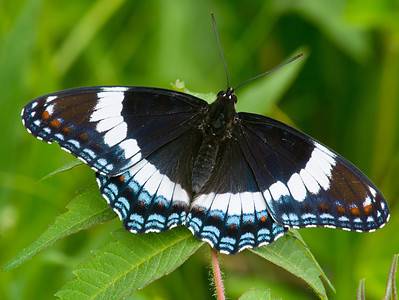
Admiral Butterfly
Stunningly beautiful wings

Ant
First evolved 100 million years ago!
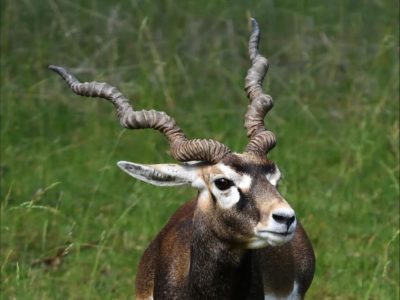
Antelope
Renew their horns every year!

Armyworm
They are so named because they "march" in armies of worms from one crop to another in search of food
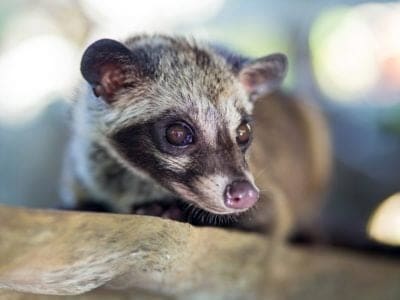
Asian Palm Civet
It mainly eats mangos and coffee!
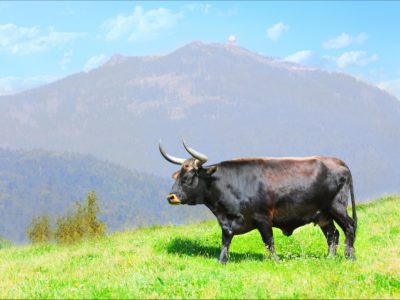
Aurochs
Extinct ancestor of all domesticated cattle!
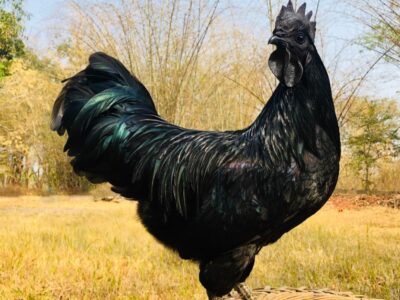
Ayam Cemani
They were used for sacrificial purposes
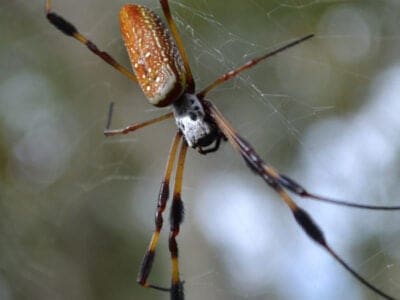
Banana Spider
People spin clothing and fishing nets out of these spiders’ silk.
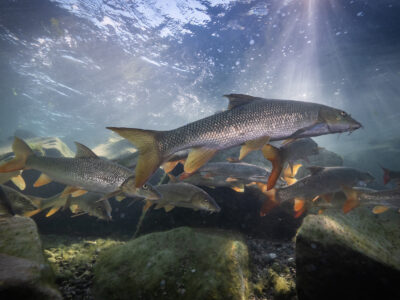
Barb
There are over 1768 known species!

Barn Owl
Found everywhere around the world!

Bat
Detects prey using echolocation!

Bear
There are 8 different species!

Bed Bugs
Bed bugs feed for 4-12 minutes.

Bee
Rock paintings of bees date back 15,000 years

Beetle
There are more than 350,000 different species
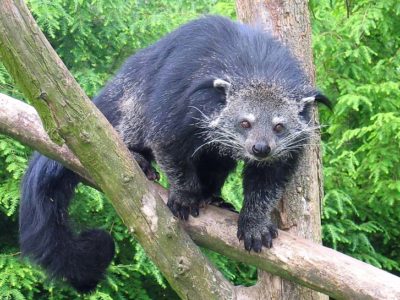
Binturong
Also known as the Asian Bearcat!

Bird
Not all birds are able to fly!

Black Widow Spider
They typically prey on insects!
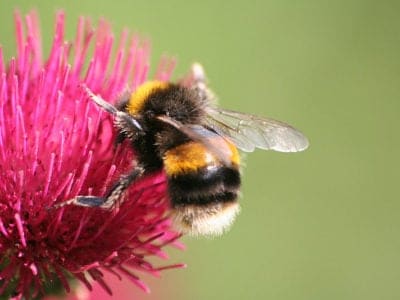
Bumblebee
The most common species of bee!

Butterfly
There are thought to be up 17,500 species!

Camel Cricket
The camel crickets that are found in the USA are light brown in color. They also have dark streaks all over their body.

Cat
May have been domesticated up to 10,000 years ago.

Caterpillar
The larvae of a moth or butterfly!

Catfish
There are nearly 3,000 different species!

Centipede
There are about 3,000 documented species!

Chicken
First domesticated more than 10,000 years ago!

Cockroach
Dated to be around 300 million years old!
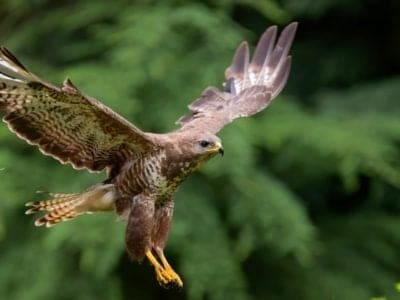
Common Buzzard
The most common raptor in the UK!

Common House Spider
House spiders have the ability to eat most insects in a home.
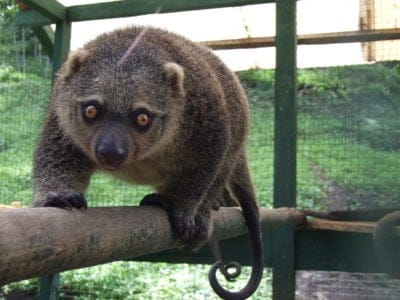
Common Spotted Cuscus
Has a long, strong prehensile tail!

Cormorant
They can fly 35 mph and dive 150 feet below water.

Cow
There are nearly 1.5 billion worldwide!
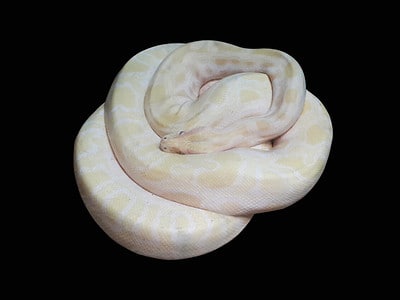
Cow Reticulated Python
Cow reticulated pythons hatch solid white, then develop spots as they mature.

Crab
There are 93 different crab groups
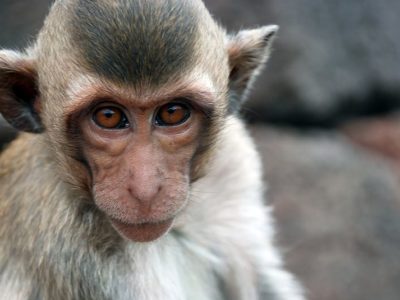
Crab-Eating Macaque
Found throughout the South-East Asian jungles!

Crab Spider
Crab Spiders can mimic ants or bird droppings
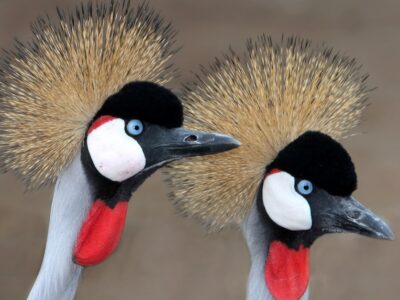
Crane
Many are critically endangered species!

Cricket
Male crickets can produce sounds by rubbing their wings together
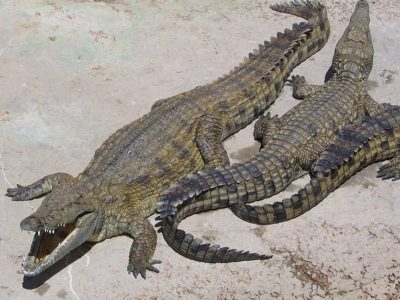
Crocodile
Have changed little in 200 million years!
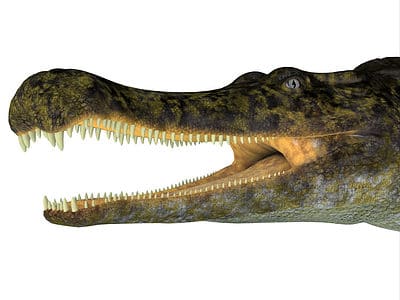
Crocodylomorph
Crocodylomorphs include extinct ancient species as well as 26 living species today.
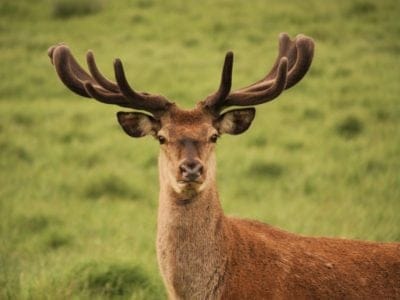
Deer
There are around 40 different species!
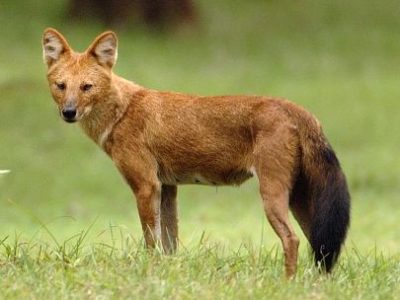
Dhole
Only 2,000 left in the wild!

Dog
First domesticated in South-East Asia!

Donkey
First domesticated 5,000 years ago!
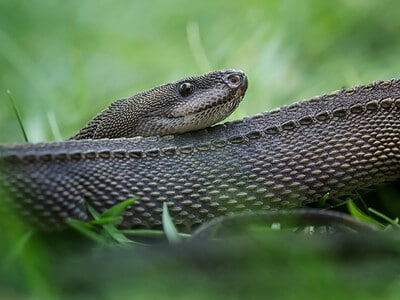
Dragon Snake (Javan Tubercle Snake, Javan Mudsnake)
Sport three rows of raised dorsal scales

Dragonfly
It's larvae are carnivorous!

Duck
Rows of tiny plates line their teeth!

Dung Beetle
The dung beetle can push objects many times its own weight
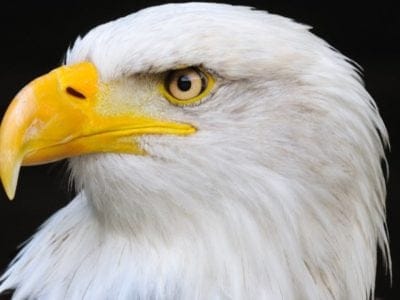
Eagle
Has exceptional eyesight!

Earthworm
They are hermaphrodites, which means they have male and female organs

Earwig
There are nearly 2,000 different species!

Eel
Eels can be a mere few inches long to 13 feet!
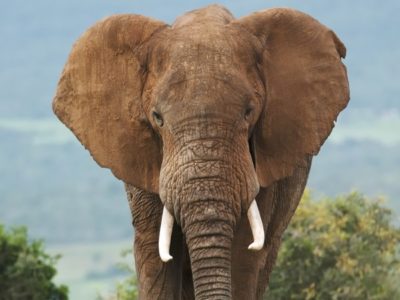
Elephant
Spends around 22 hours a day eating!
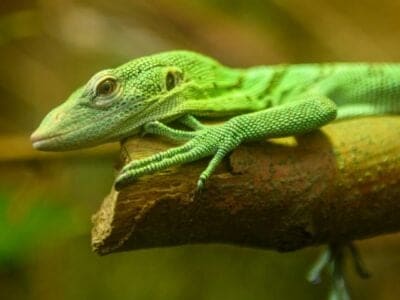
Emerald Tree Monitor
They lay their eggs in termite nests!
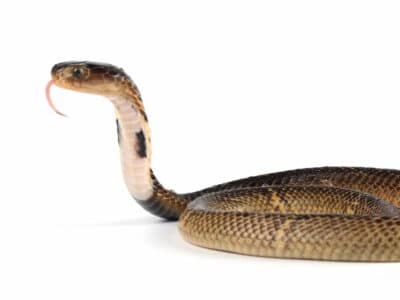
Equatorial Spitting Cobra
Its hood is actually made of many elongated ribs.

Falcon
The fastest creatures on the planet!
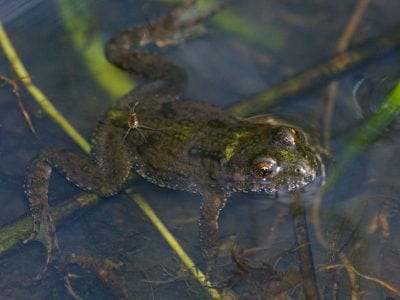
Fire-Bellied Toad
Found across mainland Europe and Asia!

Firefly
The firefly produces some of the most efficient light in the world
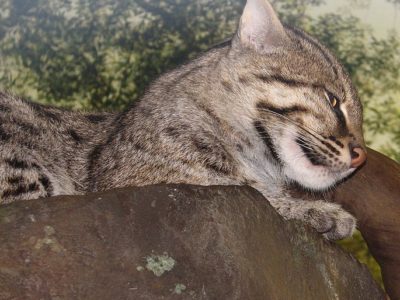
Fishing Cat
Scoops fish out of the water using it's paw!

Flea
Adult fleas can jump up to 7 inches in the air

Fly
There are more than 240,000 different species!
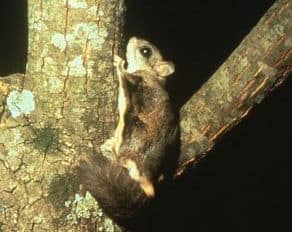
Flying Squirrel
Can glide up to 90 meters!

Fox
Only 12 species are considered "true foxes"

Frog
There are around 7,000 different species!

Fruit Fly
Fruit flies are among the most common research animals in the world
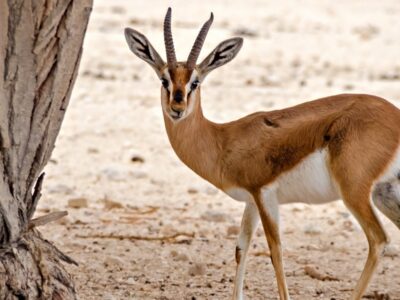
Gazelle
Named for the Arabic word for love poems
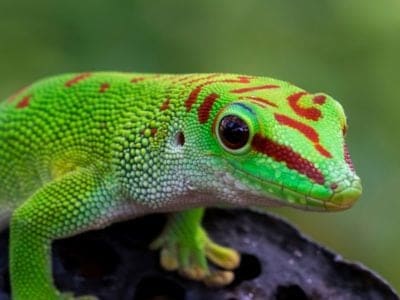
Gecko
There are thought to be over 2,000 species!
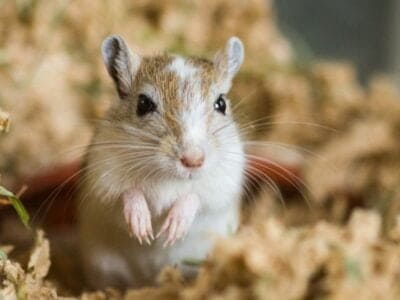
Gerbil
Originally known as the Desert Rat!
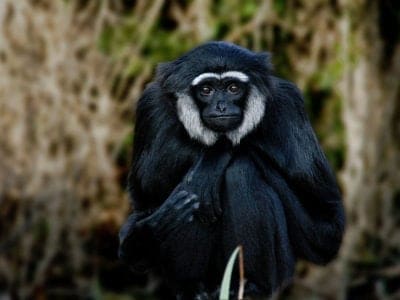
Gibbon
Found in dense jungles and tropical forests!
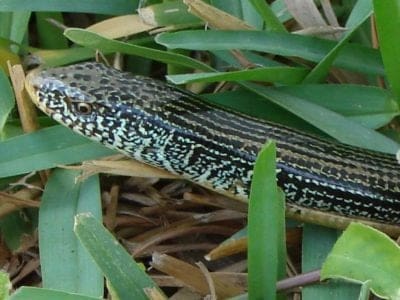
Glass Lizard
Can grow up to 4ft long!

Glowworm
Found inhabiting dense woodland and caves!
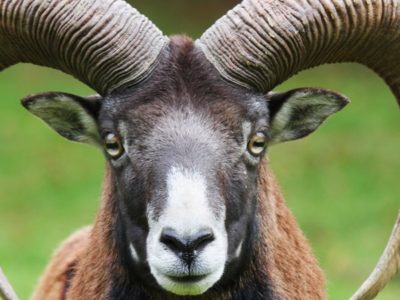
Goat
Most closely related to the Sheep!
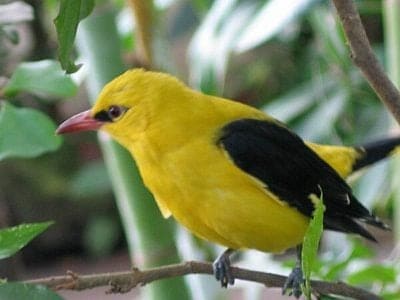
Golden Oriole
Migrates between Europe and Asia!
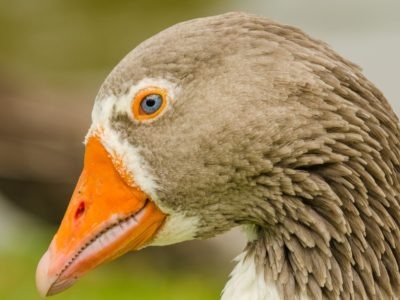
Goose
There are 29 different species!

Grasshopper
There are 11,000 known species!
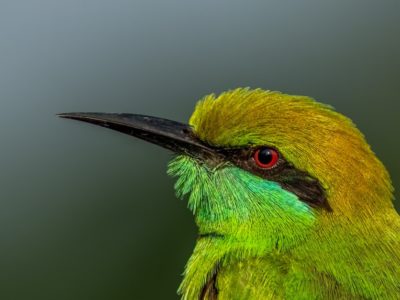
Green Bee-Eater
Mainly eats honeybees!

Hamster
Able to run as quickly backwards as forwards!

Hawk Moth Caterpillar
Many hawk moth caterpillars eat toxins from plants, but don’t sequester them the way milkweed butterflies do. Most toxins are excreted.
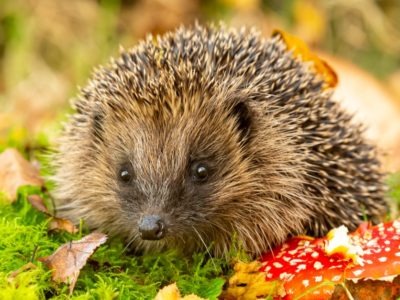
Hedgehog
Thought to be one of the oldest mammals on Earth!

Heron
Inhabits wetlands around the world!

Honey Bee
There are only 8 recognized species!
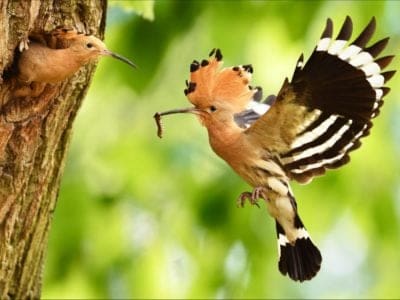
Hoopoe
Stunning bird with a stinky way to deter predators!

Horse
Has evolved over 50 million years!

Horsefly
Horseflies have been seen performing Immelmann turns, much like fighter jets.

Housefly
The fly has no teeth

Human
Thought to have orignated 200,000 years ago!

Huntsman Spider
Some huntsman spiders have an interesting way of moving around. Some cartwheel while others do handsprings or backflips.
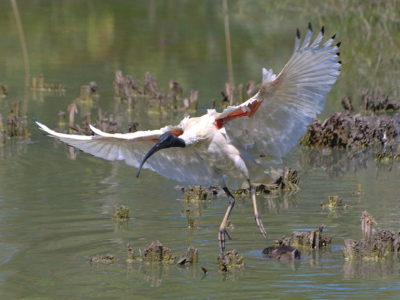
Ibis
Found in swamps, marshes and wetlands!

Insects
There are an estimated 30 million species!
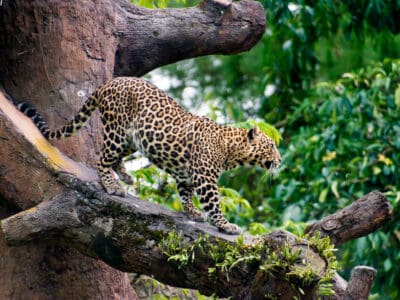
Javan Leopard
Deathly afraid of water
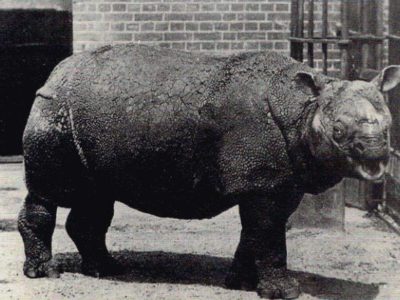
Javan Rhinoceros
Only has a 25cm long horn!

Jumping Spider
Some can jump 50 times the length of their bodies

King Cobra
They are the longest venomous snake in the world.

Kingfisher
Inhabits wetlands and woodlands worldwide!
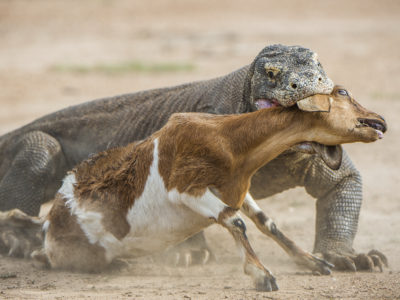
Komodo Dragon
Only found on five Indonesian islands

Ladybug
There are more than 5,000 species worldwide!
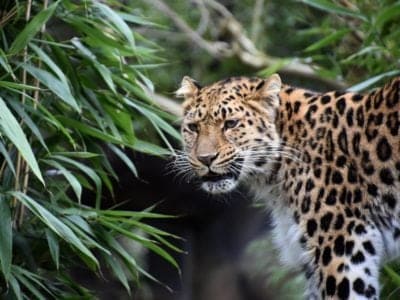
Leopard
Spends much of the time high in the trees!
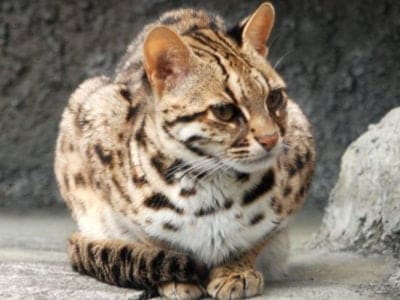
Leopard Cat
There are 11 different species!

Liger
The offspring of a lion and tiger parents!

Lizard
There are around 5,000 different species!
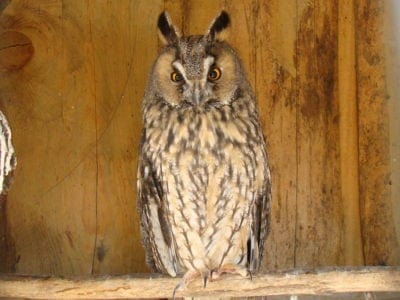
Long-Eared Owl
Ear tufts make it look bigger!
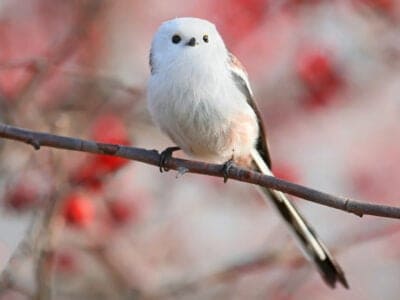
Long-Tailed Tit
Often hangs upside down while feeding!
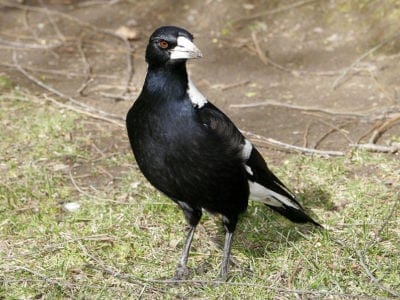
Magpie
They are found across Europe, Asia and Africa!
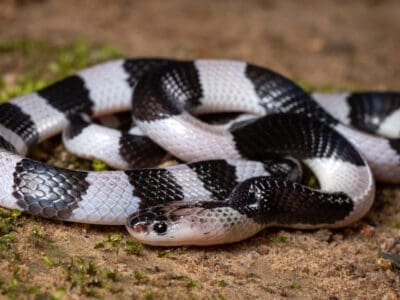
Malayan Krait
It's called the five-step snake because if a person is bitten, they can walk about five steps before dying.
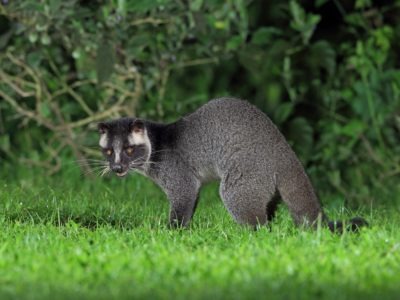
Masked Palm Civet
Found throughout Asia, India and China!

Mayfly
There are 2,500 known species worldwide!

Mealybug
They have a symbiotic relationship with ants.

Millipede
Some species have a poisonous bite!

Mole
Primarily hunts and feeds on Earthworms!
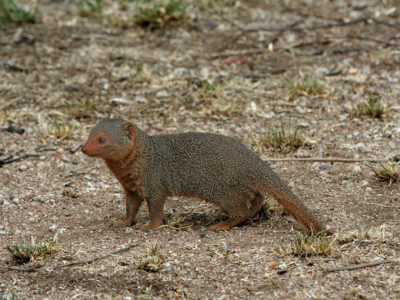
Mongoose
Range in size from just 1 to 3 foot!

Mongrel
Has characteristics of two or more breeds!
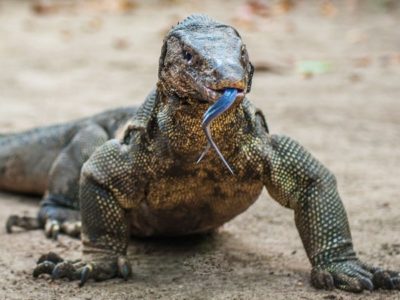
Monitor Lizard
Some species are thought to carry a weak venom!
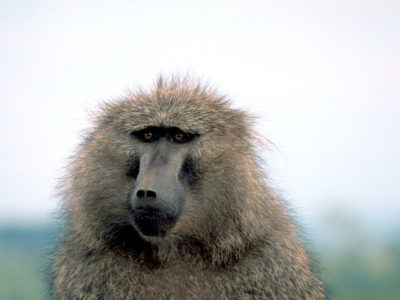
Monkey
There are around 260 known species!

Moorhen
Feeds on aquatic insects and water-spiders!

Moth
There are 250,000 different species!

Mouse
Found on every continent on Earth!

Mule
The offspring of a horse and donkey parents!

Neanderthal
Roamed Asia and Europe for around 100,000 years!

Nematode
Nematodes range in size from 1/10 of an inch to 28 feet long
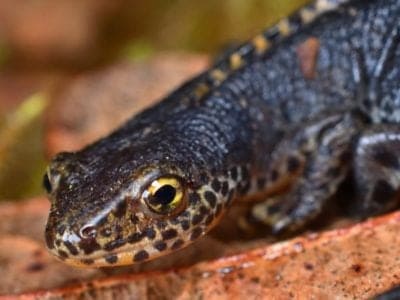
Newt
Able to regrow lost or damaged limbs!
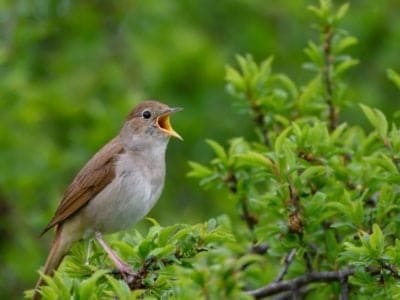
Nightingale
Named more than 1,000 years ago!

Orb Weaver
Females are about four times the size of males

Otter
There are 13 different species worldwide

Owl
The owl can rotate its head some 270 degrees
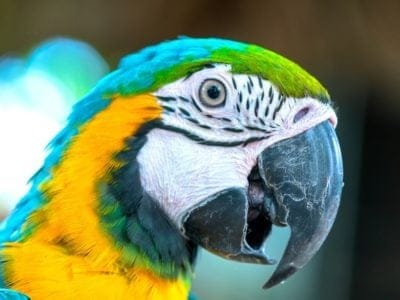
Parrot
Can live for up to 100 years!
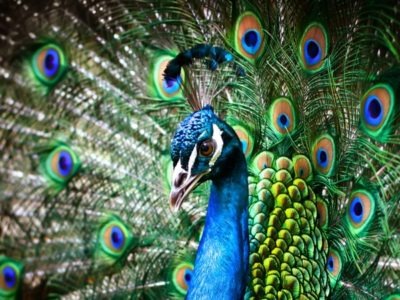
Peacock
Most commonly found on the Indian mainland!

Pheasant
Females lay between 8 and 12 eggs per clutch!
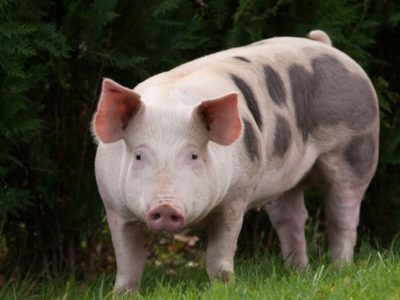
Pig
Thought to have been domesticated in 9,000 BC!
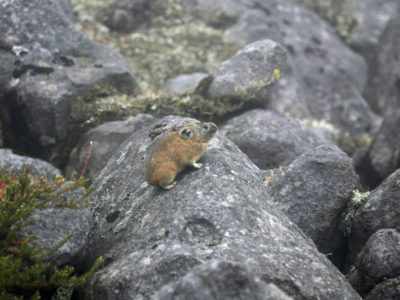
Pika
Found in mountainous regions and rocky areas
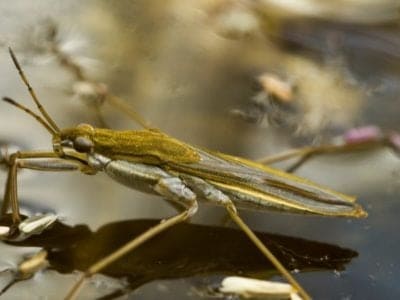
Pond Skater
There are 500 different species!
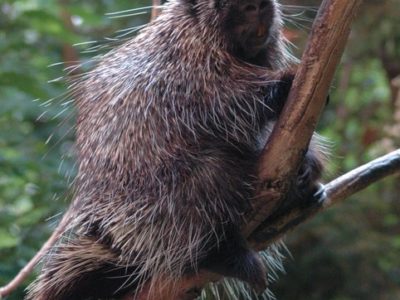
Porcupine
There are 30 different species worldwide!

Quail
Inhabits woodland and forest areas worldwide!

Rabbit
There are more than 300 different species!

Rat
Omnivores that eat anything!
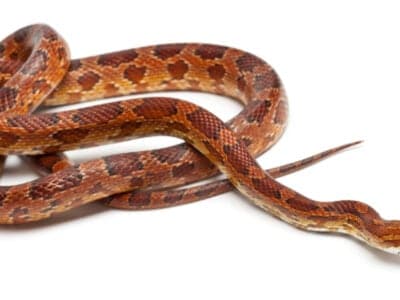
Rat Snakes
Rat snakes are constrictors from the Colubridae family of snakes.
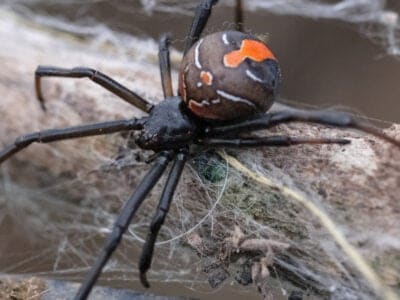
Redback Spider
The redback spiders found in New Caledonia differ from other populations in that they don’t practice sexual cannibalism and don’t bite people as much.
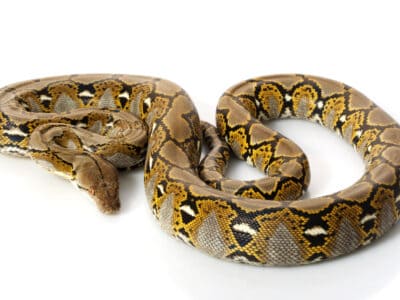
Reticulated python
These popular pets can get big enough to kill their owner.
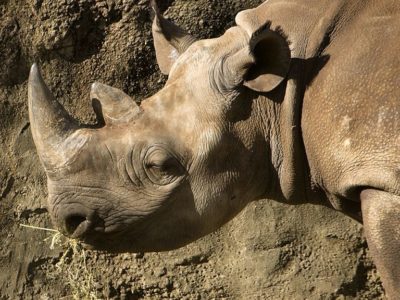
Rhinoceros
It's horns are made from keratin!

River Turtle
Inhabits freshwater habitats around the world!

Robin
There are more than 45 species in Australia alone!

Rodents
The capybara, the world’s largest rodent, likes to be in and around bodies of water. Because of this, the Catholic Church in South America decided that it was a fish, and people were allowed to eat it during Lent and First Fridays.

Rooster
Will mate with the entire flock!
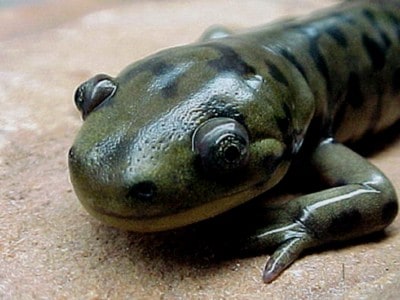
Salamander
There are more than 700 different species!

Scorpion
There are around 2,000 known species!

Sea Eagle
The sea eagle tends to mate for life with a single partner

Seahorse
Males give birth to up to 1,000 offspring!

Sheep
Around 35 million in the English countryside!

Shrimp
There are 2,000 different species worldwide!
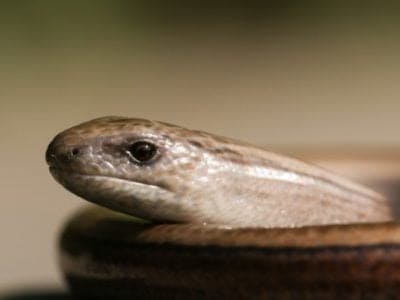
Slow Worm
Found widely throughout British gardens!

Smokybrown Cockroach
Has up to 45 eggs per egg case

Snail
There are nearly 1,000 different species!

Snake
There are around 4,000 known species worldwide

Sparrow
There are 140 different species!

Squirrel
Small rodents found in woodlands worldwide!

Stick Insect
There are more than 3,000 different species!
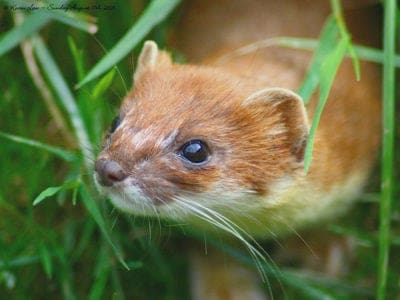
Stoat
Average adults weigh about 200 grams!
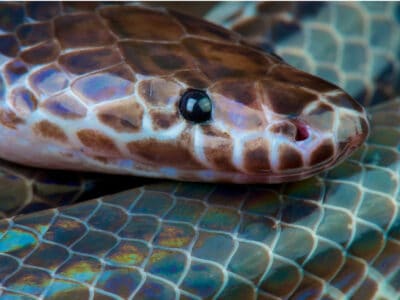
Sunbeam Snake
Sunbeam snakes have two lungs instead of just a single lung like most snake species.

Swan
Populations have been affected by pollution!
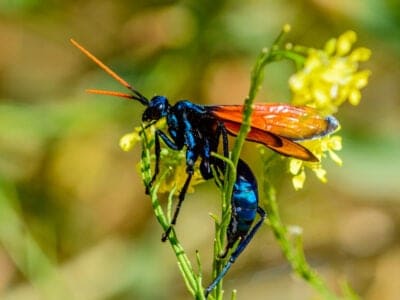
Tarantula Hawk
Tarantula hawks are excellent pollinators, especially for milkweed.
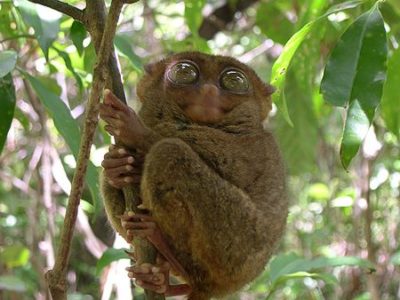
Tarsier
Each eye weighs more than their whole brain!

Termite
Their mounds can be up to 9 meters tall!

Tiger Beetle
The adult tiger beetle is one of the fastest land insects in the world

Tortoise
Can live until they are more than 150 years old!

Tree Frog
Found in warmer jungles and forests!

Turtles
Some species of aquatic turtles can get up to 70 percent of their oxygen through their butt.
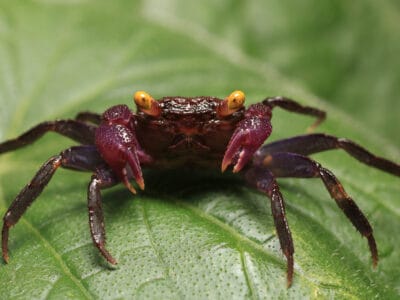
Vampire Crab
Vampire crabs do not depend on saltwater for their development; instead, they live near freshwater rivers and in forests amongst rocks and dense vegetation.
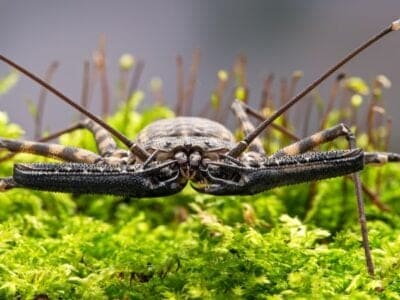
Vinegaroon
Vinegaroons can spray 19 times before the glands are depleted
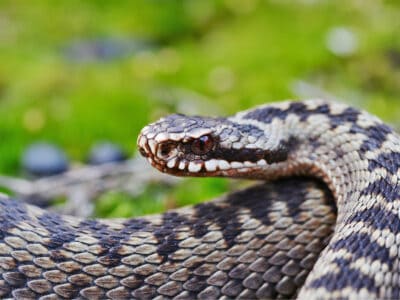
Viper
Vipers are one of the most widespread groups of snakes and inhabit most

Vulture
There are 30 different species worldwide!

Wasp
There are around 75,000 recognised species!
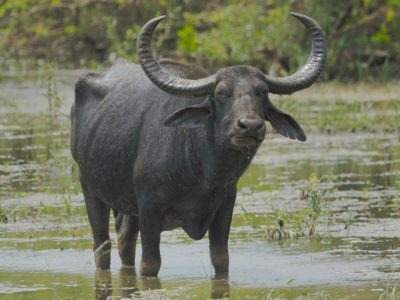
Water Buffalo
Has been domesticated for thousands of years!
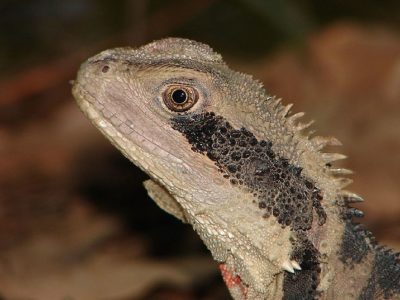
Water Dragon
Spends most of it's time in the trees!
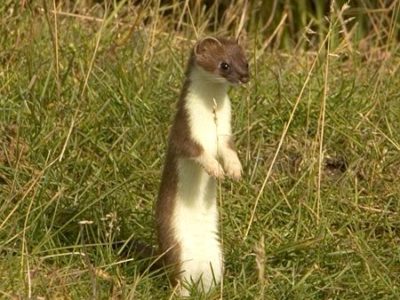
Weasel
The smallest carnivorous mammal in the world!
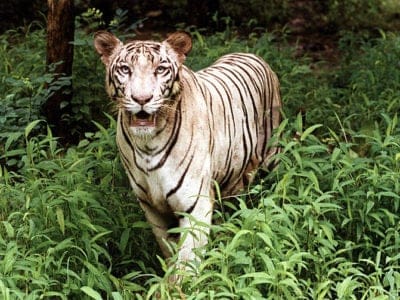
White Tiger
None have been seen in the wild for 50 years!
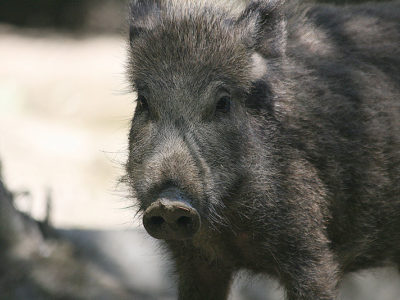
Wild Boar
Males have a top tusk to sharpen the bottom one!
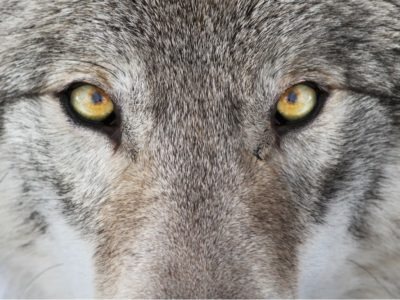
Wolf
Thought to date back more than 300,000 years!

Wolf Spider
Carnivorous arachnid that hunts its prey.

Woodlouse
This animal can roll up into a ball

Woodpecker
There are 200 different species!
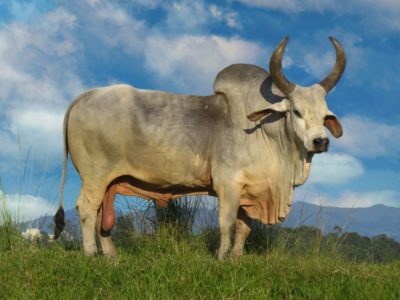
Zebu
There are around 75 different species!
Sundanese Animals List
- Admiral Butterfly
- Ant
- Antelope
- Armyworm
- Asian Palm Civet
- Aurochs
- Ayam Cemani
- Banana Spider
- Barb
- Barn Owl
- Bat
- Bear
- Bed Bugs
- Bee
- Beetle
- Binturong
- Bird
- Black Widow Spider
- Bumblebee
- Butterfly
- Camel Cricket
- Cat
- Caterpillar
- Catfish
- Centipede
- Chicken
- Cockroach
- Common Buzzard
- Common House Spider
- Common Spotted Cuscus
- Cormorant
- Cow
- Cow Reticulated Python
- Crab
- Crab-Eating Macaque
- Crab Spider
- Crane
- Cricket
- Crocodile
- Crocodylomorph
- Cuckoo
- Deer
- Dhole
- Dog
- Donkey
- Dormouse
- Dragon Snake (Javan Tubercle Snake, Javan Mudsnake)
- Dragonfly
- Duck
- Dung Beetle
- Eagle
- Earthworm
- Earwig
- Eel
- Elephant
- Emerald Tree Monitor
- Equatorial Spitting Cobra
- Falcon
- Fire-Bellied Toad
- Firefly
- Fishing Cat
- Flea
- Fly
- Flying Squirrel
- Fox
- Frog
- Fruit Fly
- Gazelle
- Gecko
- Gerbil
- Gibbon
- Glass Lizard
- Glowworm
- Goat
- Golden Oriole
- Goose
- Grasshopper
- Green Bee-Eater
- Hamster
- Hawk Moth Caterpillar
- Hedgehog
- Heron
- Honey Bee
- Hoopoe
- Horse
- Horsefly
- Housefly
- Human
- Huntsman Spider
- Ibis
- Insects
- Javan Leopard
- Javan Rhinoceros
- Jumping Spider
- King Cobra
- Kingfisher
- Kitefin Shark
- Komodo Dragon
- Ladybug
- Leopard
- Leopard Cat
- Liger
- Lizard
- Long-Eared Owl
- Long-Tailed Tit
- Magpie
- Malayan Krait
- Masked Palm Civet
- Mayfly
- Mealybug
- Millipede
- Mole
- Mongoose
- Mongrel
- Monitor Lizard
- Monkey
- Moorhen
- Moth
- Mourning Gecko
- Mouse
- Mule
- Neanderthal
- Nematode
- Newt
- Nightingale
- Orb Weaver
- Otter
- Owl
- Ox
- Parrot
- Peacock
- Pheasant
- Pig
- Pika
- Pond Skater
- Porcupine
- Quail
- Rabbit
- Rat
- Rat Snakes
- Redback Spider
- Reticulated python
- Rhinoceros
- River Turtle
- Robin
- Rodents
- Rooster
- Salamander
- Scorpion
- Sea Eagle
- Seahorse
- Sheep
- Shrimp
- Slow Worm
- Smokybrown Cockroach
- Snail
- Snake
- Sparrow
- Squirrel
- Stick Insect
- Stoat
- Sunbeam Snake
- Swallowtail Butterfly
- Swan
- Tarantula Hawk
- Tarsier
- Termite
- Tiger Beetle
- Tortoise
- Tree Frog
- Turtles
- Vampire Crab
- Vinegaroon
- Viper
- Vulture
- Wasp
- Water Buffalo
- Water Dragon
- Weasel
- White Tiger
- Wild Boar
- Wolf
- Wolf Spider
- Woodlouse
- Woodpecker
- Zebu
Animals in Indonesia (Java) FAQs (Frequently Asked Questions)
What Animals Live in Java?
Java is home to a remarkable number of unique species, though many of them are endemic variants of more familiar creatures. The Javan species of surili, rusa, warty pig, leopard, and rhinoceros are all unique to the island. It was also once home to the Javan tiger before that species of cat was made extinct by human intervention.
Java is also home to around 350 different species of birds. Nine of these are endemic or are species that only exist within close proximity to Java. These include unique variations of the sparrow and kingfisher as well as a strikingly emerald species known as the Javan green magpie.
Are There Bears in Java?
While bears are common throughout the world, there are none on Java. Instead, the apex predators tend to consist of monitor lizards, leopards, and other wild cats. While they can’t be found on the island, Indonesia is home to a unique and nearly extinct bear species known as the sun bear.




